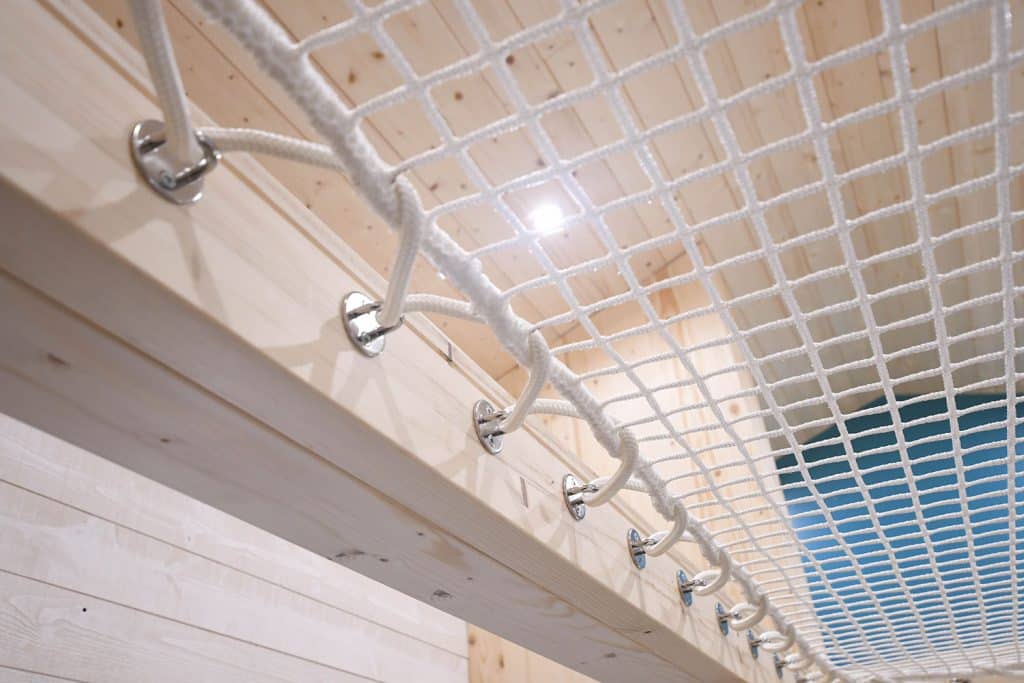Tensioning rope is a critical process in the construction and maintenance of netting applications, ensuring safety, durability, and functionality. From recreational nets in homes to industrial safety nets, the principles of proper tensioning are universal. This article delves into the importance of tensioning rope for netting applications, with our expert insights from industry leader FeelNets.
The Importance of Tensioning in Netting
Tensioning is the process of applying force to a rope or net to make it taut. Proper tensioning is essential in netting applications to:
Ensure Safety: Adequate tension prevents sagging and displacement, which could otherwise lead to accidents.
Enhance Durability: Well-tensioned nets can better withstand environmental stressors, such as wind and weight loads, thus lasting longer.
Maintain Aesthetic and Functional Integrity: Properly tensioned nets retain their shape and functionality, essential for both practical use and aesthetic appeal.
Techniques for Tensioning Rope in Netting
Effective tensioning involves several techniques, depending on the net’s purpose and environment:
Manual Tensioning: This involves pulling the rope by hand and securing it with knots. It is often used for smaller, less critical nets.
Mechanical Tensioning: Devices such as turnbuckles, ratchets, and winches apply consistent tension, crucial for larger and more critical netting applications.
Pre-Tensioning: This method involves stretching the net before installation to remove any slack, ensuring even tension once the net is in place.
Anchoring: Properly securing the anchor points is essential to maintain tension. This involves using sturdy, reliable anchors and ensuring they are correctly positioned.
Products and Innovations from FeelNets
FeelNets offers a range of products designed for various netting applications, from industrial safety nets to decorative and functional nets for commercial use. Our products range from hammock-style nets for relaxation to intricate net installations used in modern architecture. Feelnets focuses on combining aesthetic appeal with functionality, ensuring their nets are not only beautiful but also safe and reliable through proper tensioning. Our approach emphasizes the importance of using high-quality materials and reliable tensioning techniques to ensure safety and durability.
Expert Tips for Tensioning Nets
Choose the Right Rope: The type of rope used is critical. At FeelNets, we use ropes that are specifically designed for durability and performance under tension.
Regular Maintenance: Over time, nets can lose tension. Regular checks and adjustments ensure they remain safe and functional.
Professional Installation: For critical applications, professional installation ensures that nets are correctly tensioned and secured.
Understand Load Requirements: Knowing the expected load and environmental factors helps in selecting the right tensioning method and materials.
Tensioning rope for netting applications is a crucial skill that combines safety, functionality, and aesthetics. Insights from FeelNets highlight the importance of using quality materials and proper techniques to achieve optimal tensioning. Whether for recreational, industrial, or decorative purposes, understanding and applying the principles of rope tensioning ensures the longevity and effectiveness of net installations. By following best practices and leveraging expert innovations, anyone can achieve safe and durable netting solutions.


